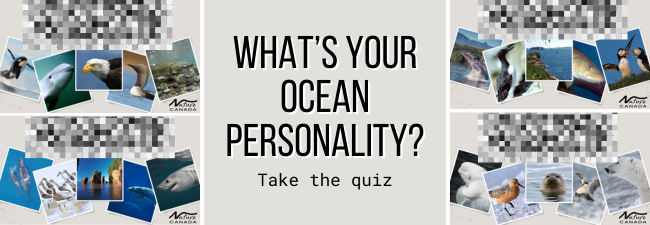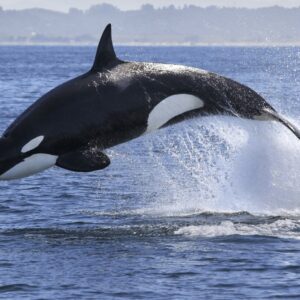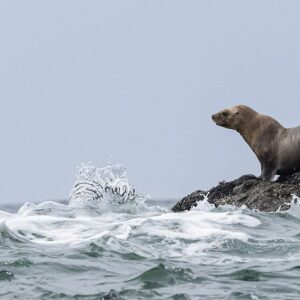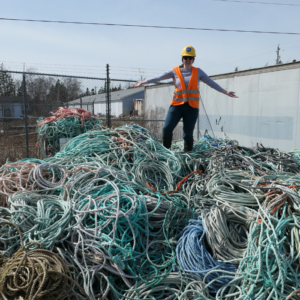What’s Your Ocean Personality?
Marine Protected Areas are the main mechanism for achieving Canada’s goal to protect 30 percent of our oceans by 2030.
Most recently we scored a major win at the Fifth International Marine Protected Areas Congress (IMPAC5), where First Nations announced a Memorandum of Understanding to co-manage a proposed new Marine Protected Area (MPA) called Tang.ɢwan-ḥačxʷiqak-Tsig̱is with the Ministry of Fisheries and Oceans.
There’s a lot to celebrate but we must remember what’s at stake. To celebrate the ocean and all the wildlife that make it their home, we’ve developed a short quiz to help you learn more about some of the other threatened marine areas in need of protection.
Learn more about these critical areas and help protect them today as we continue to work toward Canada’s critical goal of protecting 30 percent of the ocean by 2030:
Witless Bay, NL
Witless Bay lies off the east coast of Newfoundland and is home to seabird colonies as well as to the Humpback Whale, one of the longest-migrating animals in the world. Some Humpback populations can cover 10,000 kilometers during their seasonal migrations.
- Key species: Atlantic Puffin, Common Murre, Atlantic Cod
- Key threats: Climate change, unsustainable tourism
The Inner Bay of Fundy
The Inner Bay of Fundy is home to the critically endangered North Atlantic Right Whale, which feeds on zooplankton like copepods and krill larvae. One whale can eat more than 1100 kilograms of food a day!
- Key species: Semipalmated Sandpiper, Porbeagle Shark, Atlantic Salmon
- Key threats: Shipping, port and land development
Eeyou Istchee in the Eastern Half of James Bay
Eeyou Istchee is home to the Polar Bear, which, being equipped with broad paws that are perfect for paddling, can swim for days in frigid seas. It’s also a key breeding area for tons of migrating shorebirds like the Red Knot.
Indigenous partners in and around James Bay such as the Cree Nation Government and the Moose Cree are taking a leadership role in these initiatives.
- Key species: Beluga Whale, Red Knot, Ringed Seal, Common Eider
- Key threats: Hydroelectric development, climate change
The Southern Strait of Georgia, BC
The Southern Strait of Georgia is an island-dotted area in one of Canada’s most populated and heavily visited regions, extending from the southern tip of Gabriola Island to Saanich Inlet and Cordova Bay, BC. This area is home to Chinook Salmon which, like other salmon species, can use their keen sense of smell to find their way back to their home stream to spawn.
- Key species: Southern Resident Killer Whale, Harbour Porpoise, Bald Eagle, Pacific Loon
- Key threats: Shipping, unsustainable tourism, pollution
Which of these at-risk marine areas do you most identify with? Take our quiz to find out and learn how to protect it!




